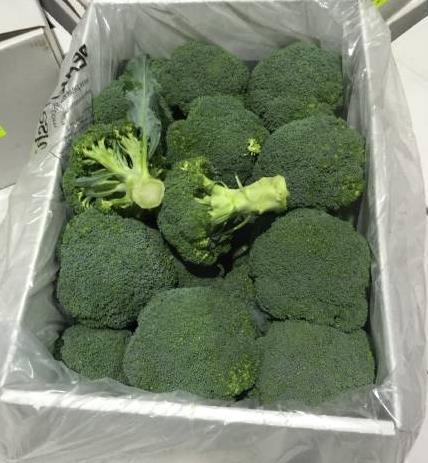Objective: improve the performance of vegetables exported by sea
Australia
Wednesday 17 March 2021
FJ
This simulation project will provide valuable information to Australian exporters and will help support export growth in the short and long term, according to AUSVEG (Photo: goodfruitandvegetables.com.au).
In Australia the disruption caused by the pandemic led to a decrease in the exports of vegetables which were shipped by air freight. A performance simulation pilot project is being conducted to help Australian growers export vegetables more reliably by sea to Asia and New Zealand.
In the Queensland region, the Department of Agricultural Industry Development and Fisheries, in coordination with AUSVEG, is leading a pilot project that simulates sea freight conditions to improve the performance of vegetables exported by ship.
The project team works with major Queensland producers, including producers of broccoli, green beans, sweet corn and iceberg lettuce. By testing a range of temperatures and atmospheric conditions as well as a range of packaging options to find the ones that will best suit ocean freight conditions. The preliminary results are promising.
Thus, according to the tests performed, the quality and shelf life of broccoli for shipment to Japan and Taiwan can be improved by using modified atmosphere bags. The use of controlled atmosphere containers is suitable for sweet corn and helps maintain a fresh appearance of the product. For iceberg lettuce, variety selection is essential to maximize quality and shelf life.
In Australia exports of highly perishable vegetables which were mainly exported by air freight have declined since the pandemic. But the sector fears that air freight capacities could take several years to return to pre-pandemic levels as well as air freight prices which are expected to remain on the rise for a long time. Also these studies on the technical feasibility of sea freight for vegetable exports are crucial for the sector.
In 2020 the value of Australian fresh vegetable exports fell 6.3% from 2019, totaling AUD 263 million (USD 203.2 million) with volumes down 6.6% from the previous year .
source : statements.qld.gov.au





